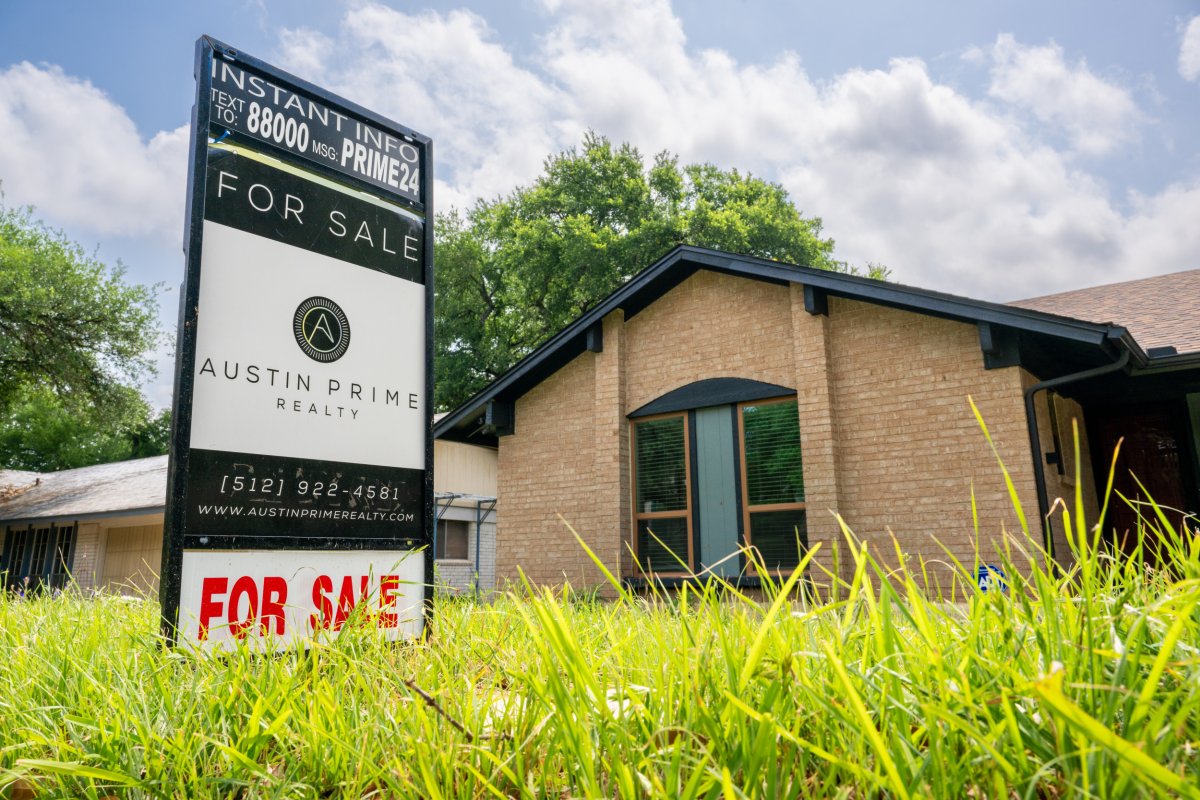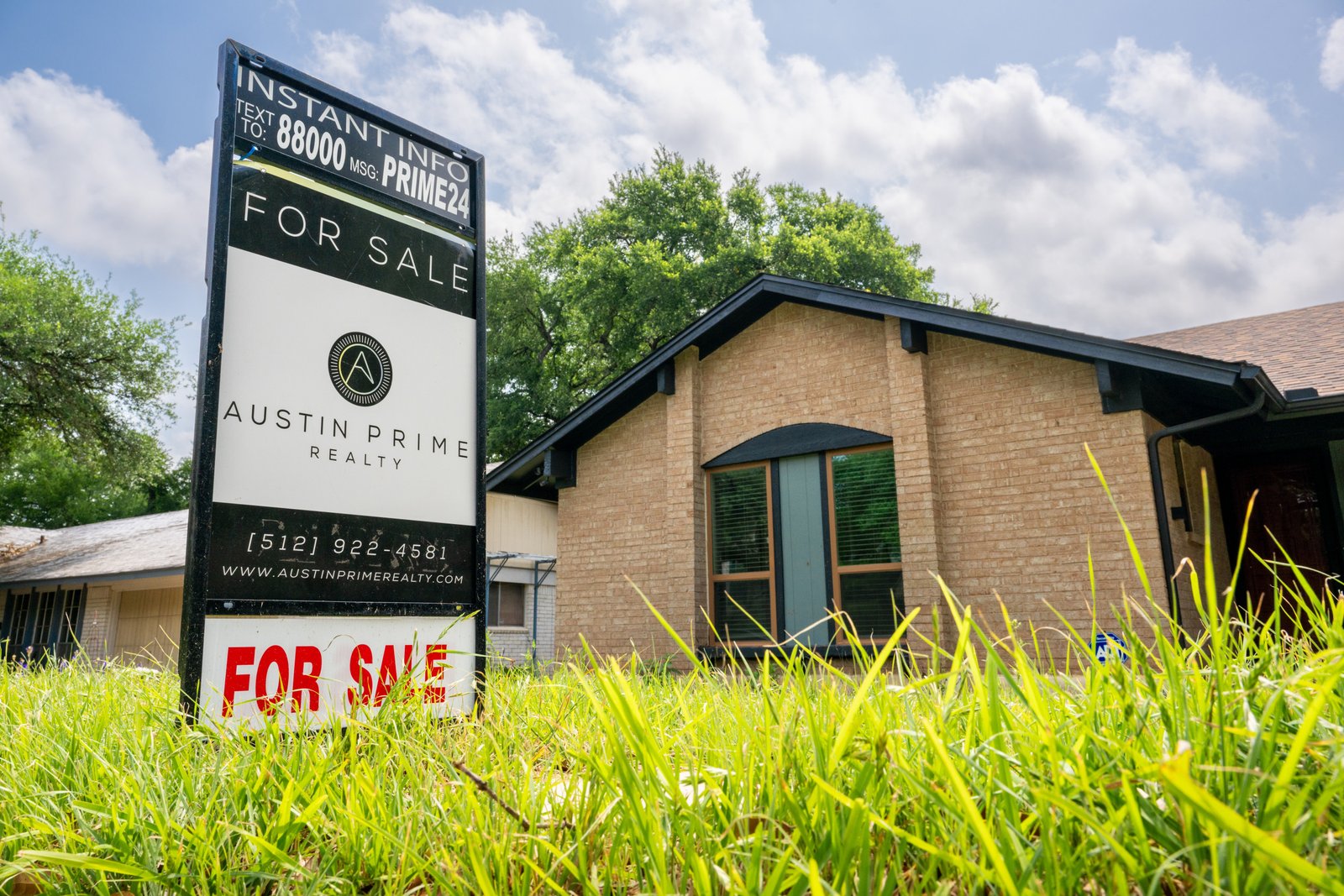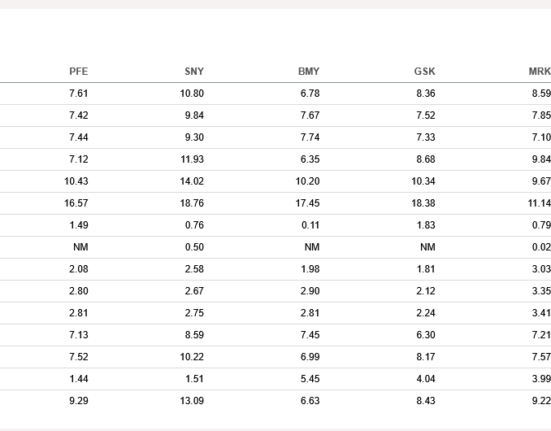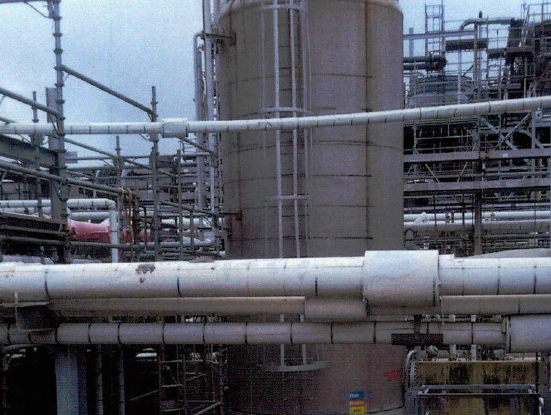The number of homes for sale in the U.S. market has just passed the 1 million mark, according to data from Realtor.com and Reventure App, as inventory continues piling up in the market without finding enough willing buyers.
Why It Matters
Before the pandemic, in May 2019, there were 1,180,934 active listings on the U.S. market, according to Realtor.com and Reventure App data. During the pandemic homebuying frenzy, spurred by historically low mortgage rates and the rise of remote work, U.S. housing inventory plunged to 447,670 in May 2021—a shortage that brought up prices for the few homes available on the market.
Since then, inventory crawled back up slowly, but it has never been as high as it is now: last month was the first May since 2019 when active listings were above the 1 million mark. At 1,036,101, however, they are still below pre-pandemic levels. This surge in the number of homes for sale is putting significant downward pressure on home prices, which some experts now expect to fall by the end of the year.

Brandon Bell/Getty Images
What To Know
A chronic lack of inventory, partially due to the fact that homebuilders in the U.S. significantly underbuilt in the years following the 2008 crash, contributed to bringing U.S. home prices through the roof in recent years. Over the past five years, U.S. home values have surged by on average 8 to 9 percent per year, on average, according to Zillow data.
The pace of this vertiginous home price growth, however, has started slowing down this year thanks to rising inventory. Active listings have been growing over the past few months in part because of the new homes landing on the market, and in part because existing homeowners who were waiting for mortgage rates to come down to sell their homes have resigned to the fact that it is unlikely to happen anytime soon.
Many of these sellers, especially those who bought their properties during the pandemic, are hoping to sell their homes at the same price they purchased them during the homebuying frenzy of 2020-2022. But the market is not the same: buyers are being kept to the sidelines by historically high prices and elevated mortgage rates, while growing economic uncertainty is making them question whether this is a good time for such a big purchase at all.
The result is that “excess inventory is piling up,” Nick Gerli, CEO and founder of Reventure App, wrote on X. “Relative to buyer demand, we now have the highest inventory in close to a decade, which is causing home prices to drop in over half the U.S.”
According to Reventure App, more than 60 percent of all U.S. counties reported month-over-month price drops in May. Meanwhile, Redfin reported that sellers currently outnumber buyers in the U.S. housing market by about 500,000.
This imbalance is forcing sellers to slash prices to attract cautious buyers, readjusting their price expectations significantly in an effort to get their properties off the market. According to Reventure App, the number of sellers cutting their original listed price was up by 24.6 percent in May compared to a year earlier.
“That’s the highest level of price reductions for the month of May on record, going back to 2017,” he said.
Despite the dynamics at play, home prices are still historically high compared to pre-pandemic levels—but they are starting to come down. In late May, Realtor.com reported the first year-over-year drop in the price of a typical U.S. home since mid-March, down by 1.1 percent.
What People Are Saying
Gerli wrote on X of rising inventory levels: “This is important because it signals that sellers are now facing stiff competition to sell their homes. A marked reversal from the pandemic boom, and a signal that gains in affordability are coming for buyers.”
Realtor.com economist Jake Krimmel said in a recent press release: “The momentum that began earlier this spring remains strong, signaling a vibrant market as we head into late spring and early summer. With more fresh inventory hitting the market, buyers have better opportunities to find a home that fits their needs.”
Matt Purdy, a Redfin Premier agent in Denver, Colorado, said in a recent press release: “A huge pop of listings hit the market at the start of spring, and there weren’t enough buyers to go around. House hunters are only buying if they absolutely have to, and even serious buyers are backing out of contracts more than they used to. Buyers have a window to get a deal; there’s still a surplus of inventory on the market, with sellers facing reality and willing to negotiate prices down.”
What Happens Next
Homebuyers might be struggling to notice that the U.S. housing market has turned in their favor. Mortgage rates are still historically high, hovering near the 7 percent mark, and home prices are still thousands of dollars higher than they were in 2019.
Additionally, despite recent efforts to ramp up construction, especially in Florida and Texas, there is still a housing gap of 3.8 million homes in the country, according to Realtor.com estimates. At the pace of construction experienced in 2024, it would take 7.5 years to close this gap.
The existing housing shortage is a lot more acute in the Northeast than in the South, which is likely to see less significant price changes than areas which are seeing a bigger growth in inventory.
Redfin currently expects home prices to fall by an average 1 percent at the national level by the end of 2025.







